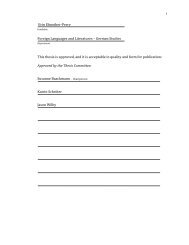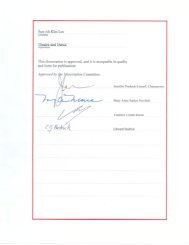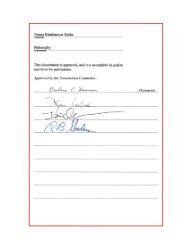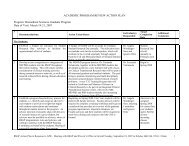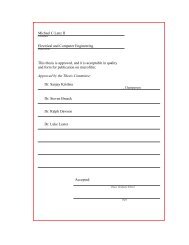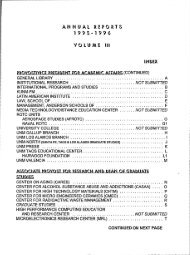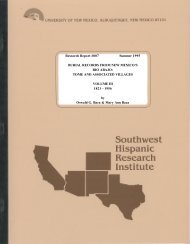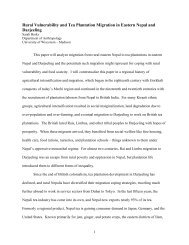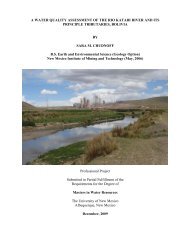i Jeffrey L. Engbers Health Exercise and Sports Science This ...
i Jeffrey L. Engbers Health Exercise and Sports Science This ...
i Jeffrey L. Engbers Health Exercise and Sports Science This ...
Create successful ePaper yourself
Turn your PDF publications into a flip-book with our unique Google optimized e-Paper software.
win at all cost mentality by establishing a zero tolerance policy for coaches who have<br />
demonstrated inappropriate or unethical behavior at other schools.<br />
The problems commonly associated with some high-profile Division I programs<br />
are not necessarily indicative of the wide variety of intercollegiate programs found across<br />
the nation. Athletic <strong>and</strong> academic goals can coexist <strong>and</strong> in fact be mutually beneficial <strong>and</strong><br />
reinforcing. <strong>This</strong> mutually beneficial coexistence will most often exist in non-scholarship<br />
schools <strong>and</strong> Division III institutions, but may be present in any athletic <strong>and</strong> academic<br />
institution (Simon, 2008).<br />
In recent years, the distinct athletic culture commonly found in Division I<br />
athletics has trickled down to lower levels <strong>and</strong> has surfaced in Division III athletics<br />
(Lapchick, 2006; Shulman & Bowen, 2001). There may be “trouble in paradise at the<br />
Division III level” (Thelin, 2008, p. 79). Although Division III has traditionally been a<br />
refuge from the many problems associated with intercollegiate athletics, the problems<br />
have permeated this level. The problems may not be in the spotlight as they are at major<br />
Division I universities, but they do exist (Draper, 1996). Richard Walsh, Hilbert College<br />
basketball coach <strong>and</strong> AD, believes it is the coaches who are "bent on their own career<br />
advancement that are driving the win at all costs mentality at some Division III schools<br />
<strong>and</strong> that there are some coaches who cheat in Division III" (Steinbach, 2002, para. 13).<br />
Collegiate ADs are at the crux of these issues. The nature of their jobs <strong>and</strong><br />
responsibilities in the NCAA control, in part, the future of intercollegiate athletics.<br />
Description of Division III Athletics<br />
During its growth, the NCAA struggled with how small colleges would fit with<br />
larger universities (Washington, 2004). The solution was to create separate divisions for<br />
26





